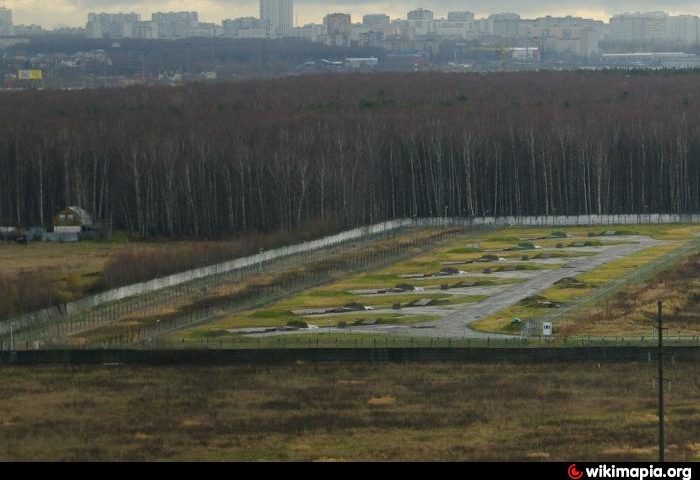Russian President Vladimir Putin told the Valdai Discussion Club's annual conference that Russia would help China design an anti-strategic missile surveillance system, an area in which Russian engineers have considerable expertise. This announcement opens, however, numerous implications in the field of technological cooperation between Russia and China, Moscow having, until now, always refused to transfer sensitive technologies, such as those linked to Anti-Missile Defense, to Beijing .
Since 1971, Russia has had an anti-ballistic missile system which protects the country's major metropolises, such as Moscow and Saint Petersburg, from medium-range or intermediate-range ballistic missile attacks. The initially deployed A-35 system was replaced in the 90s by the A-135 system. A new system, the A-235, is being deployed, and will be capable of intercepting targets more than 1.500 km away at an altitude of 800 km and a speed exceeding Mach 20. It will be shoulder-mounted, at short range ( in the ballistic sense) by the S-500 system which will enter service next year. In addition to missile technology, the A-135 and A-235 systems are based on a specialized anti-ballistic radar, the Don-2N, which has continued to be modernized since the 70s.

The Don-2N is a PESA UHF radar system composed of 4 trapezoidal sides 130m long and 33m high, offering 360° surveillance over 2000 km. It is located near Moscow, and its information system is controlled by a Russian-made Elbrus supercomputer. It is this technology that, it seems, will be shared with China, and it is clear how critical it is for Moscow. Because by having an in-depth vision of the anti-missile system that protects Moscow, Saint Petersburg or Irkutsk, China could very well develop technologies to evade it.
This declaration is the direct consequence of the new defense cooperation agreement signed between the two countries this summer, an agreement which significantly extends, in its content, the scope of this cooperation which, until now, was limited to exchanges and exports of weapon systems. From now on, in addition to very strengthened technological cooperation, Russian and Chinese forces will regularly carry out bi- or multilateral exercises, as was the case during the Tzcentr 2019 exercise, or during the strategic raid carried out jointly by Russian Tu-95s and Chinese H-6s in the China Sea and around Japan two months ago.

This reinforced collaboration can quickly prove problematic for the West, and for Europe. Indeed, today, the two countries have developed high-level skills in certain areas, but have critical failures in others, leaving a comfortable technological margin for the West to compensate for the digital gap in strength. by its homogeneous technological advance. However, if China, its capabilities in terms of digital technology and its industrial and economic power, were to collaborate very closely with Russia, which has unique know-how in aircraft engines, armor and missiles, and significant reserves of raw materials, the technological but also economic advantage of the West could quickly fade, leaving only room for an unfavorable numerical balance of power….
It now seems urgent for Europeans to find a position allowing them to renew a constructive dialogue with Moscow, as long as the Russian population continues to perceive itself as more European than Asian, so as to redefine a contract of understanding and collaboration with Russia. . Otherwise, the return to bloc opposition seems to be taking shape quickly. This new posture can only be achieved through a significant strengthening of the defense capacities of European countries, an essential condition for resuming a constructive dialogue with the Kremlin without interference from Washington, while giving the latter the opportunity to concentrate its resources in order to contain Chinese power. Rather than wondering how to solve the double-front equation, perhaps it would be better to study the one that would allow Russia to return to Europe?
